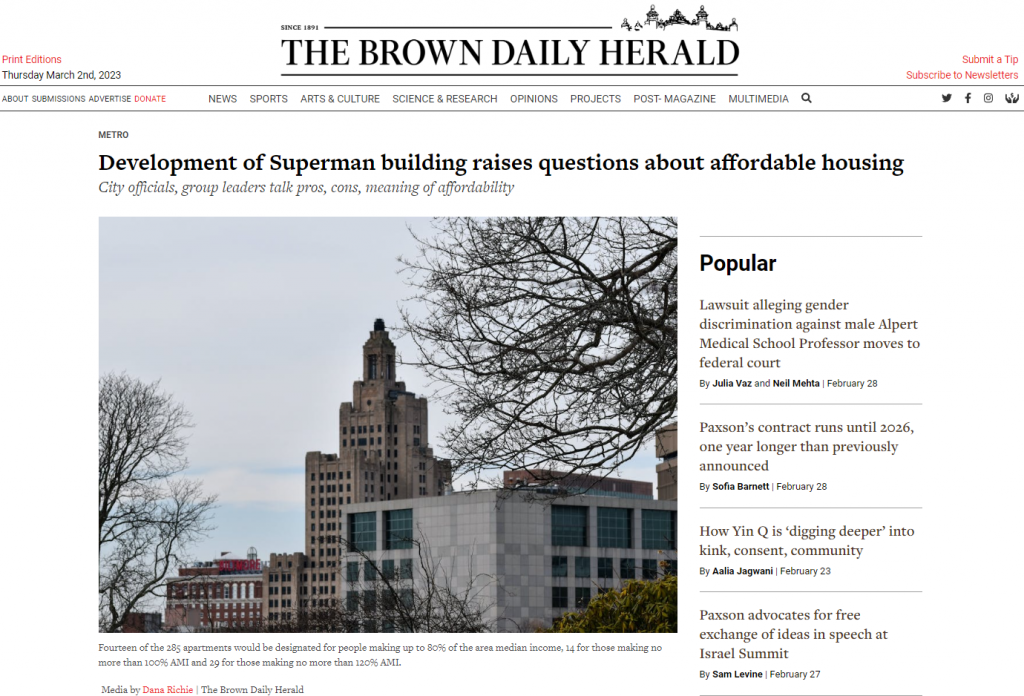This is a great program.
My development team and I built a similar project in Kansas City several years ago. Residents could purchase their units in 15 years at up to a 45% discount. We targeted 55+ renters who, in 15 years, will have the opportunity to purchase their duplex unit and have as much as $150,000 of equity already built into their home.
What we put together is more than a homeownership program – it’s an estate planning tool for lower income seniors.
From the piece:
“A new affordable housing unit is going up in Phoenix where those who qualify will be able to buy the homes. A ribbon cutting ceremony was held Wednesday for new housing units.”
A link to the piece is found here







